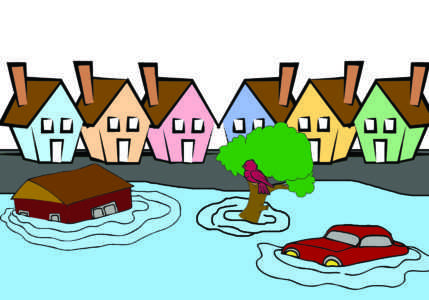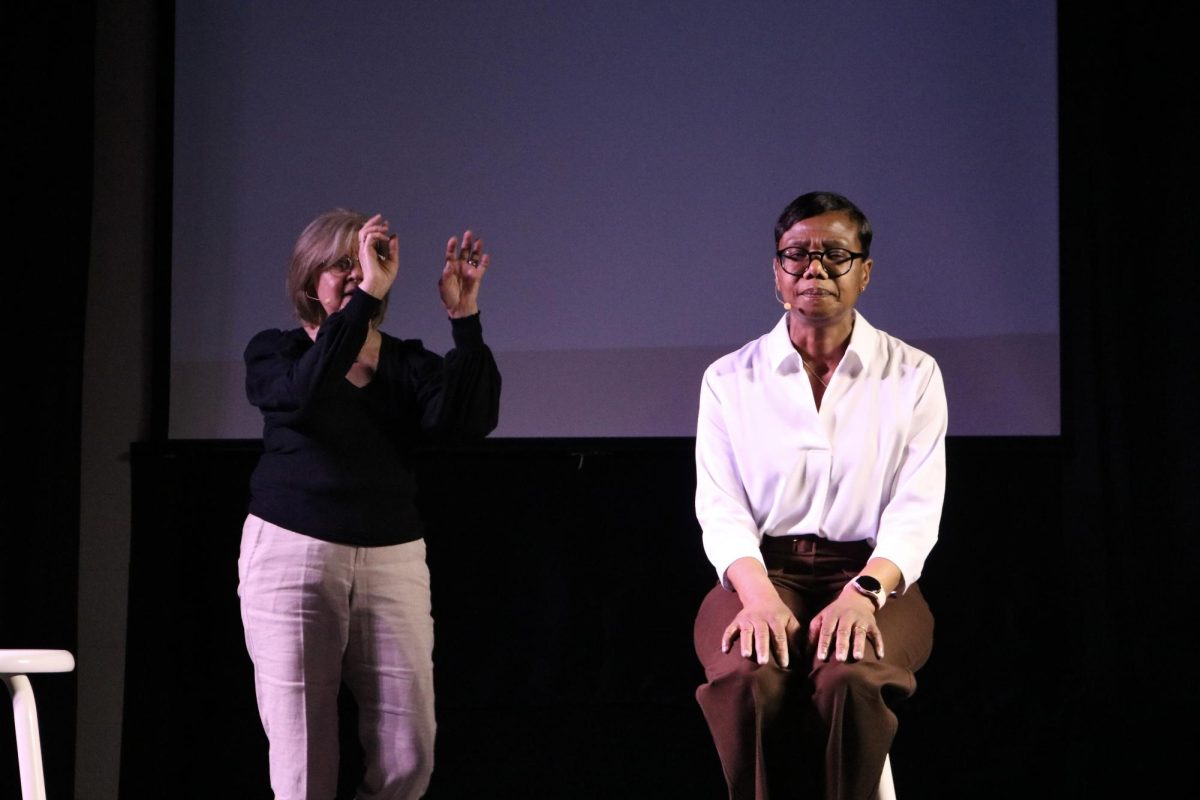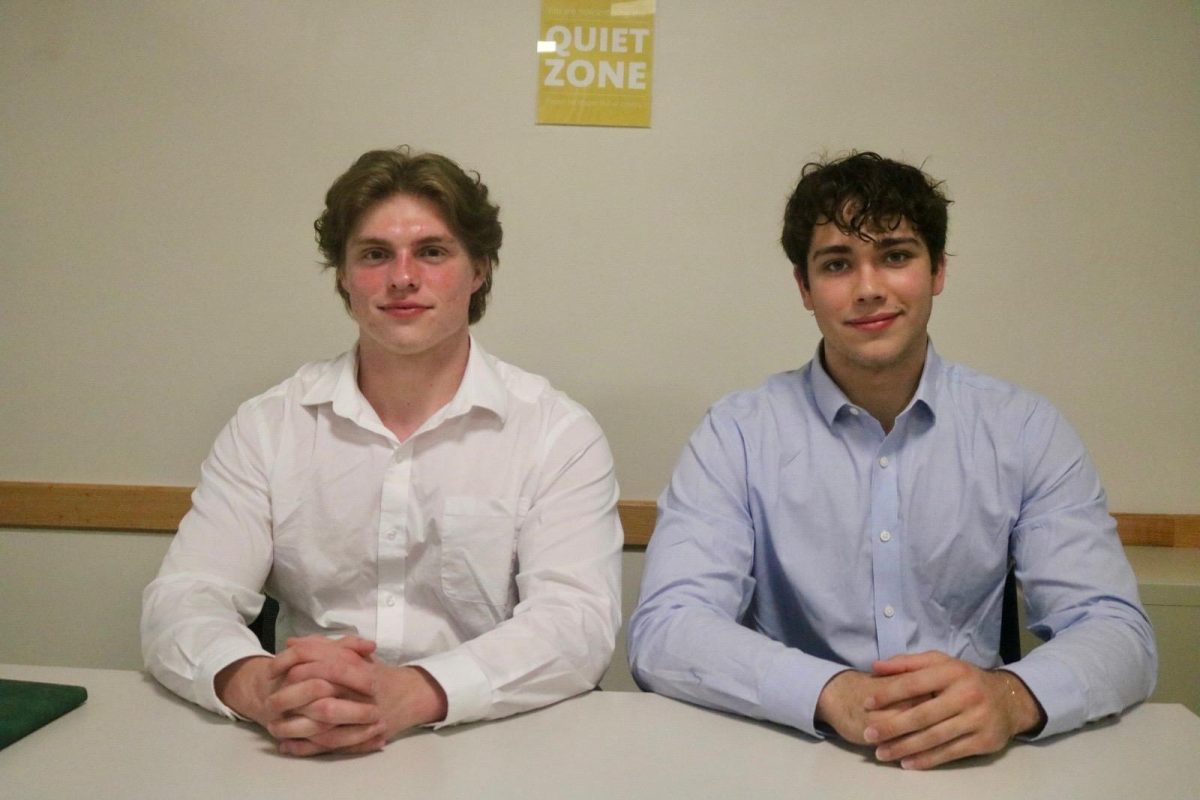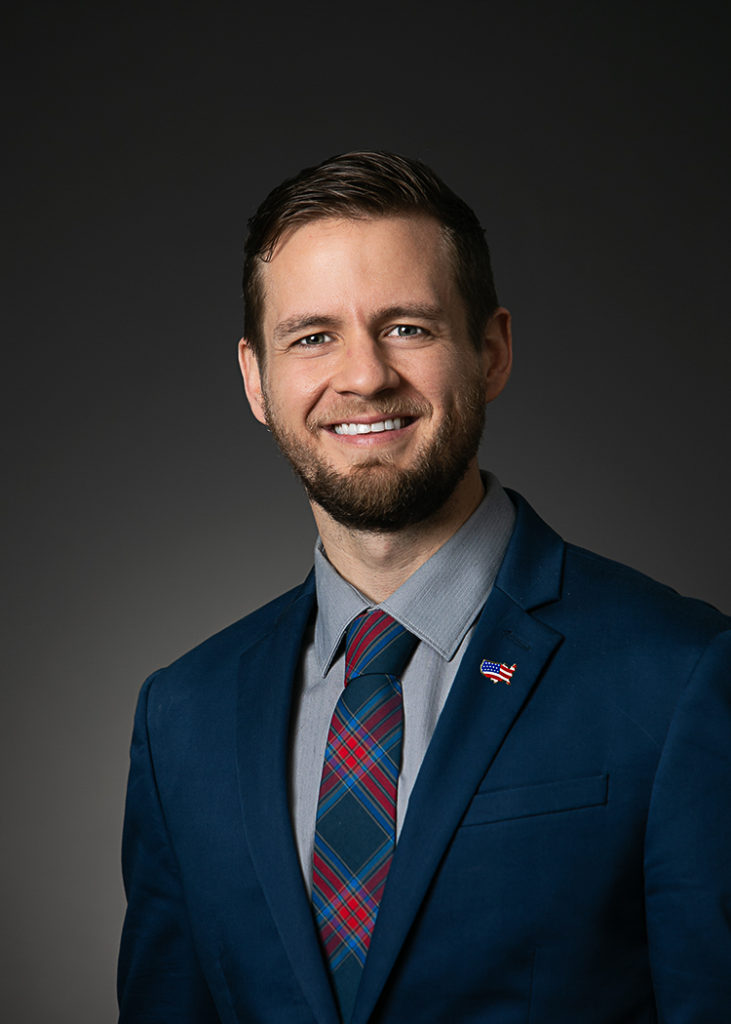![]()

By Michael Cummings
cummings@grinnell.edu
While Grinnell students who live on the coast frequently complain about Iowa’s distinct lack of water, the state has just enough water to cause trouble. Over the past couple of weeks, heavy rainfall has led to severe flooding in the northeastern parts of the state, including Cedar Rapids, Iowa’s second-largest city.
Although many people have been displaced and much property has been destroyed, this is not the worst flood in Iowa history. Many across the state, particularly in eastern Iowa, remember the flood of 2008, which racked up over 60 billion dollars in damages.
“The one in 2008 was 31.12 feet, which was the highest in recorded history,” said Greg Buelow, public safety spokesperson for the City of Cedar Rapids, before adding that the current flood is not as bad. “This one ranks number two. It topped out at right around 22 feet, so again, that would be the second largest crest in the history of the Cedar River since they started keeping track.”
While there was some damage in Cedar Rapids, the toll was not nearly as bad as it was in 2008. Buelow attributes that to better planning and preparedness.
“Back in 2008, we had 10 percent of the community that was impacted by actual floodwaters,” Buelow said before explaining their preparation techniques this time around. “We have a temporary flood protection system that consists of earthen berms, levees and Hesco barriers … that were put in place, and it seems like it kept out the damage significantly.”
Buelow noted that their efforts have paid off.
“I mean we have hardly any homes that have been impacted by water other than a handful of businesses that were on the wet side of the temporary flood protection,” he said. “But the temporary flood protection measures held, and it was a remarkable achievement. They were built over the course of 48 to 72 hours with city employees, contractors and volunteers who just worked around the clock and built this temporary flood protection, and it was a remarkable achievement. It held the waters back.”
Another mark of Cedar Rapids’ preparedness was the coordination of the city’s various emergency response crews.
“Our police and fire departments more or less established an instant command post, and what it is is the equivalent of an emergency operations center where they coordinate all their responses,” Buelow said. “They get all the different departments that are going to be directly involved in responding to a potential flood, and what they do is they coordinate, they plan and then they prepare their response.”
City departments weren’t the only ones responding to this flood. In Cedar Rapids and the other affected communities, Iowa Homeland Security and Emergency Management Department (HSEMD), a state office responsible for responding to natural disasters, has been hard at work.
“We utilize state resources to supplement any response efforts that are going on down at the local level,” said John Benson, a spokesperson for HSEMD. “So if a county or city at the local end have a specific resource need that they don’t have available to themselves, or some type of expertise, we have resources at the state level that we can provide.”
While much media attention has been given to the Cedar Rapids area, Buelow clarified that Cedar Rapids was far from the only area affected.
“You need to focus on a couple of river basins. The first one’s obviously going to be the Cedar River basin, which runs all the way from Charles City [in northern Iowa] … into the Mississippi. We’re also interested in what’s going on in the Wapsipinicon [River] basin, which is in roughly that same type of area,” Buelow said.
While the affected areas are relatively far from Grinnell, according to Buelow, there are plenty of opportunities for concerned Grinnellians to help. He encouraged anyone who wants to make a difference to visit the United Way of east central Iowa’s website at www.uweci.org.
Above all else, Buelow expressed gratitude for the many volunteers who have stepped up to the plate.
“This really is a testament to how great this state is,” Buelow said. “We have people from all over, donating personnel, equipment, coming in to fill sandbags. We have four-year-olds filling sand bags.”






















































